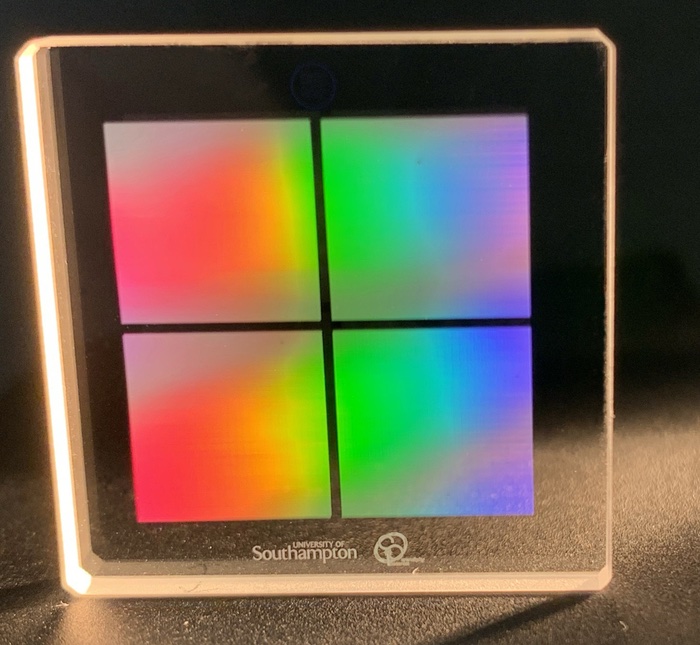Character amnesia yet again: game (almost) over
Last week, I witnessed a palpable, powerful, poignant demonstration of tíbǐwàngzì 提筆忘字 ("forgetting how to write sinographs; character amnesia"). This happened in a colloquium where, during the discussion period, someone mentioned the standard eight-volume Historical Atlas of China (1982-1988) edited by the renowned geographer Tan Qixiang (1911-1992). A member of the gathering requested that the name be written on the whiteboard in sinographs. A colleague — a tenured professor of medieval Chinese history — popped up and said they could write the name in characters.
Already a little bit wobbly on the semantophore / radical on the left side of the first character (the surname), with a little bit of kibitzing from colleagues, the volunteer managed to produce the requisite semantophore after several false starts and erasures. After that great achievement (producing the semantophore amid much embarrassment), they turned to the phonophore on the right side but were getting nowhere fast, even with suggestions from colleagues who were looking on.
Finally, someone looked up the name on their phone and presto digito*, the correct writing emerged: 譚其驤 / 谭其骧 (the group — scholars all — collectively preferred the traditional form over the simplified one).
—–
[*VHM: I remember hearing this expression when I was young, but it barely exists on the internet, and I can't find it in dictionaries either.]
Read the rest of this entry »


